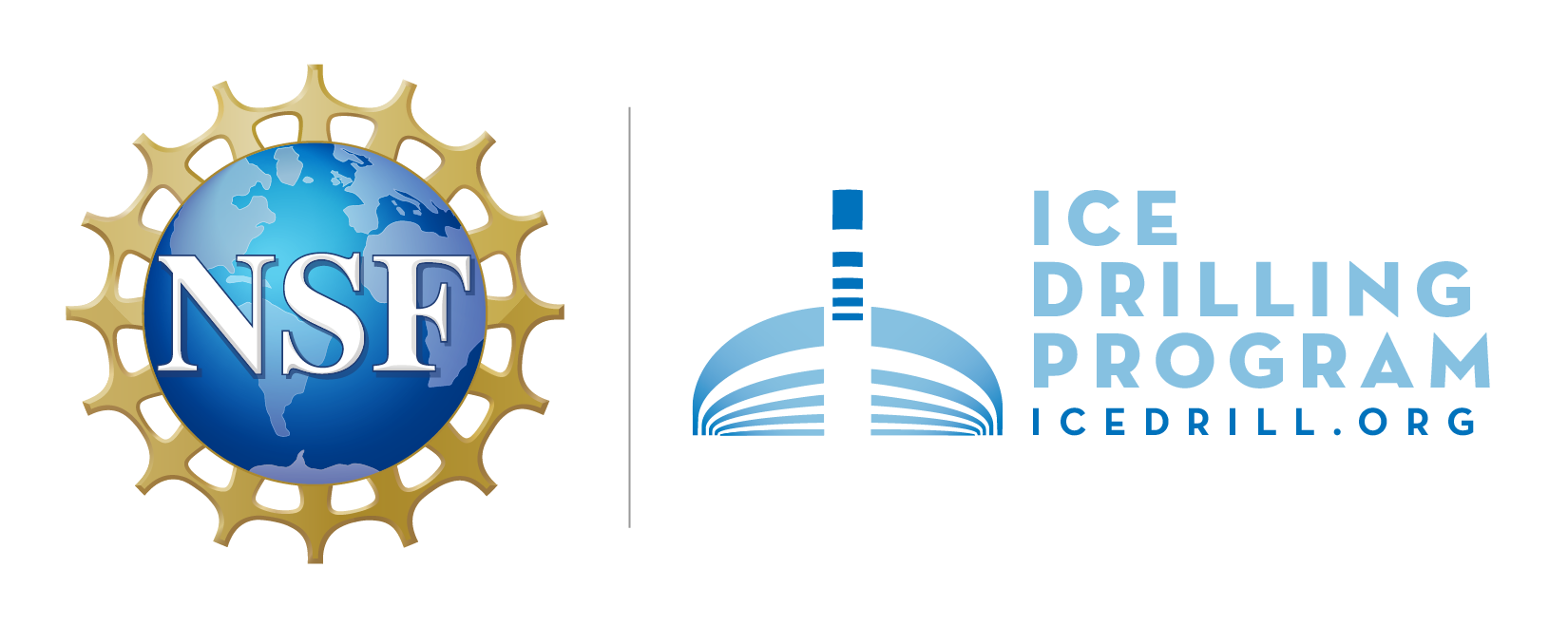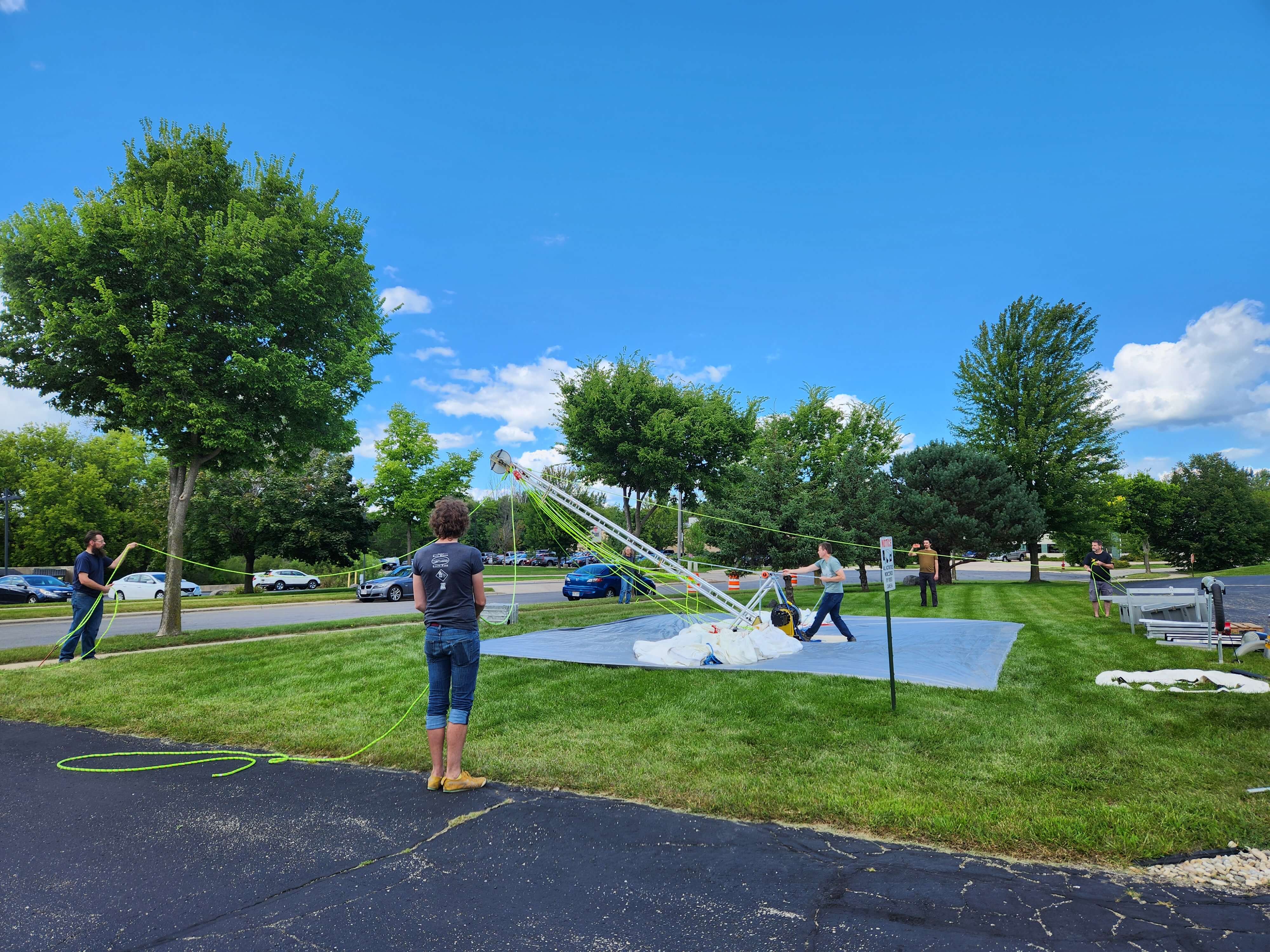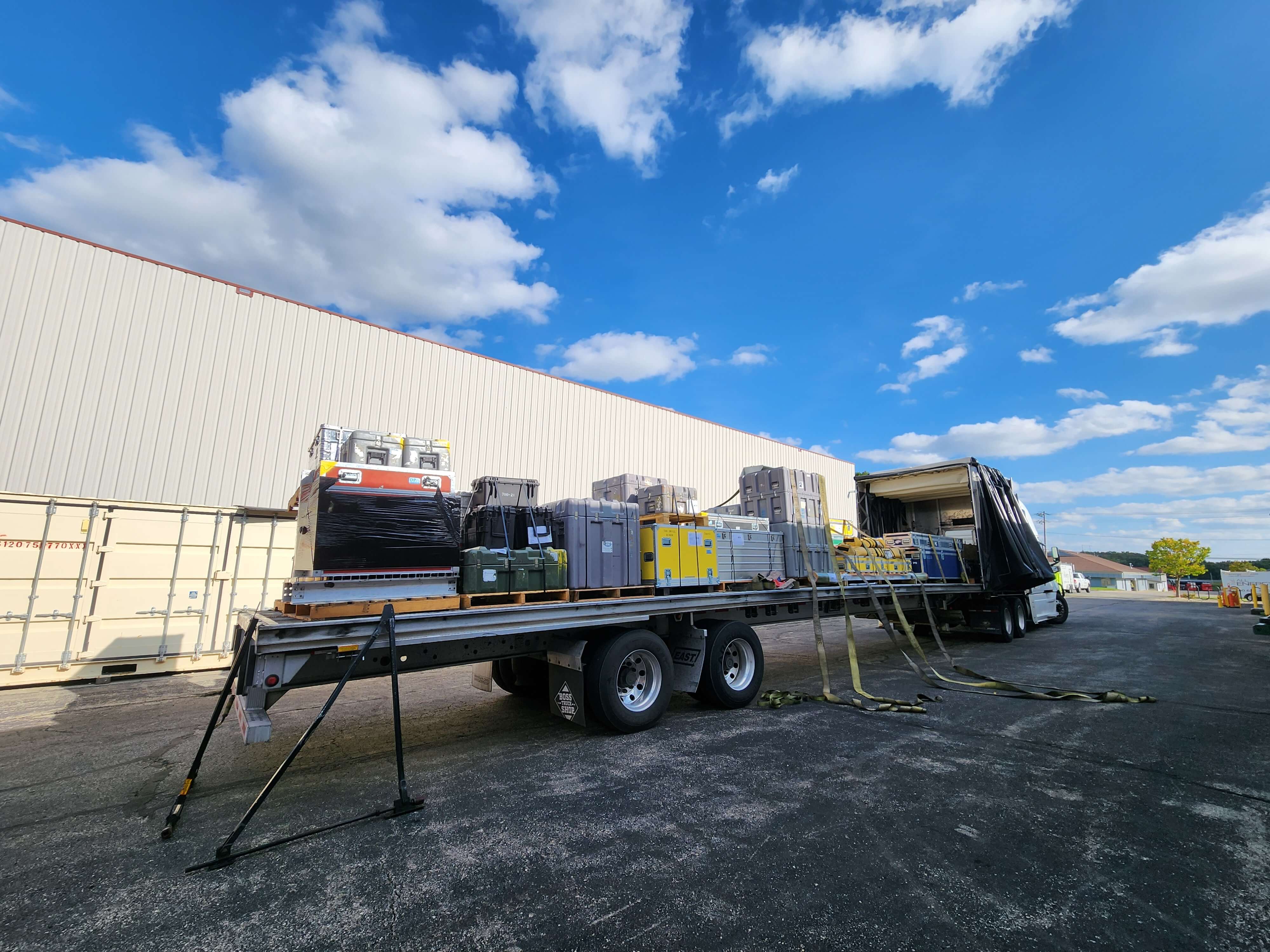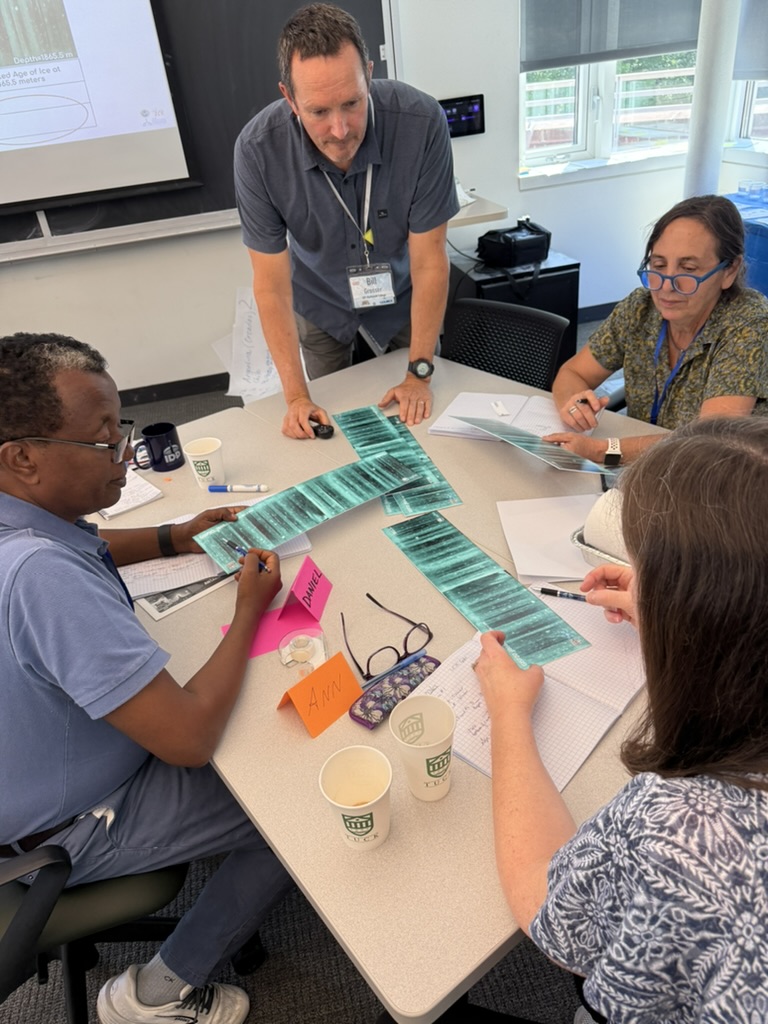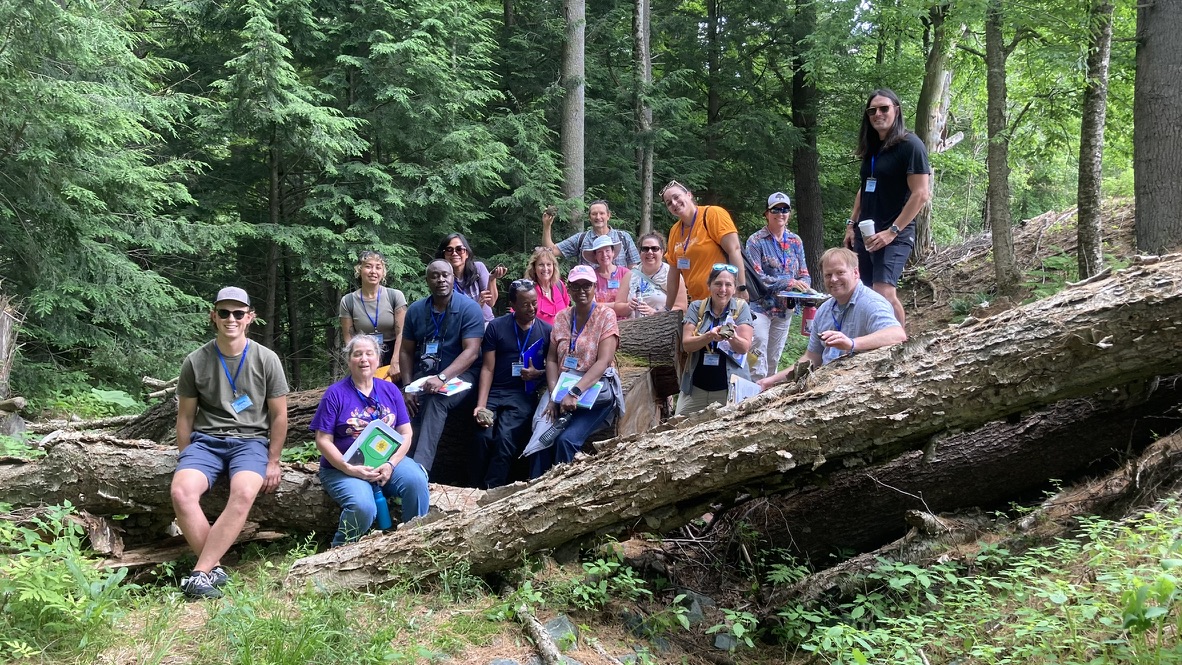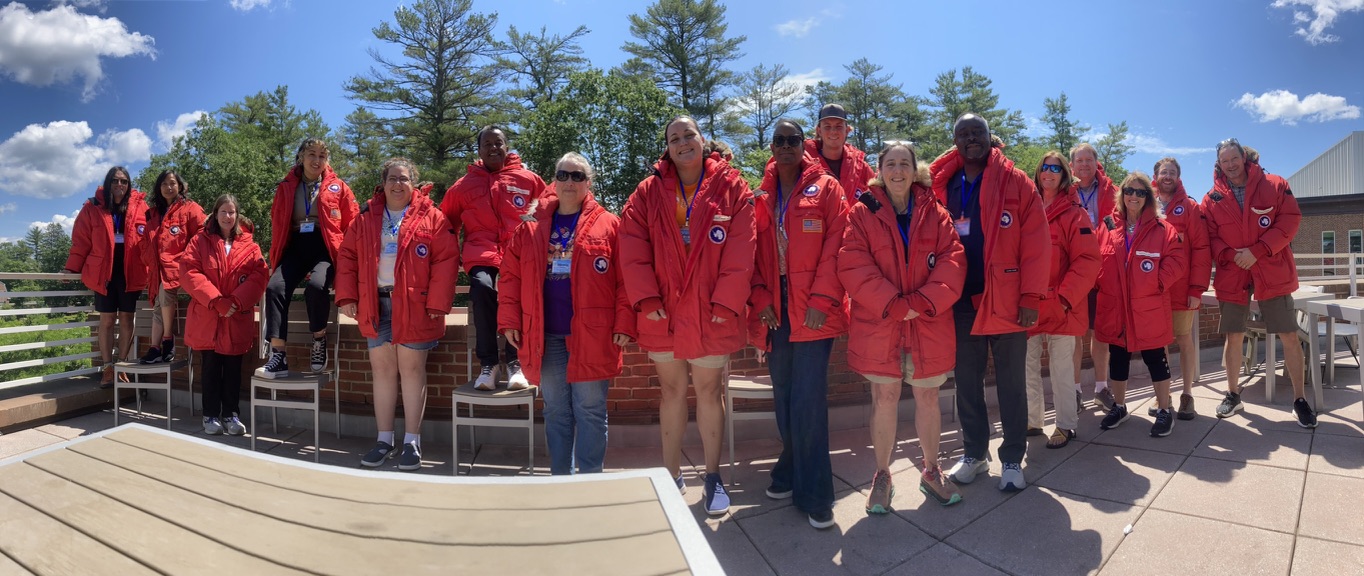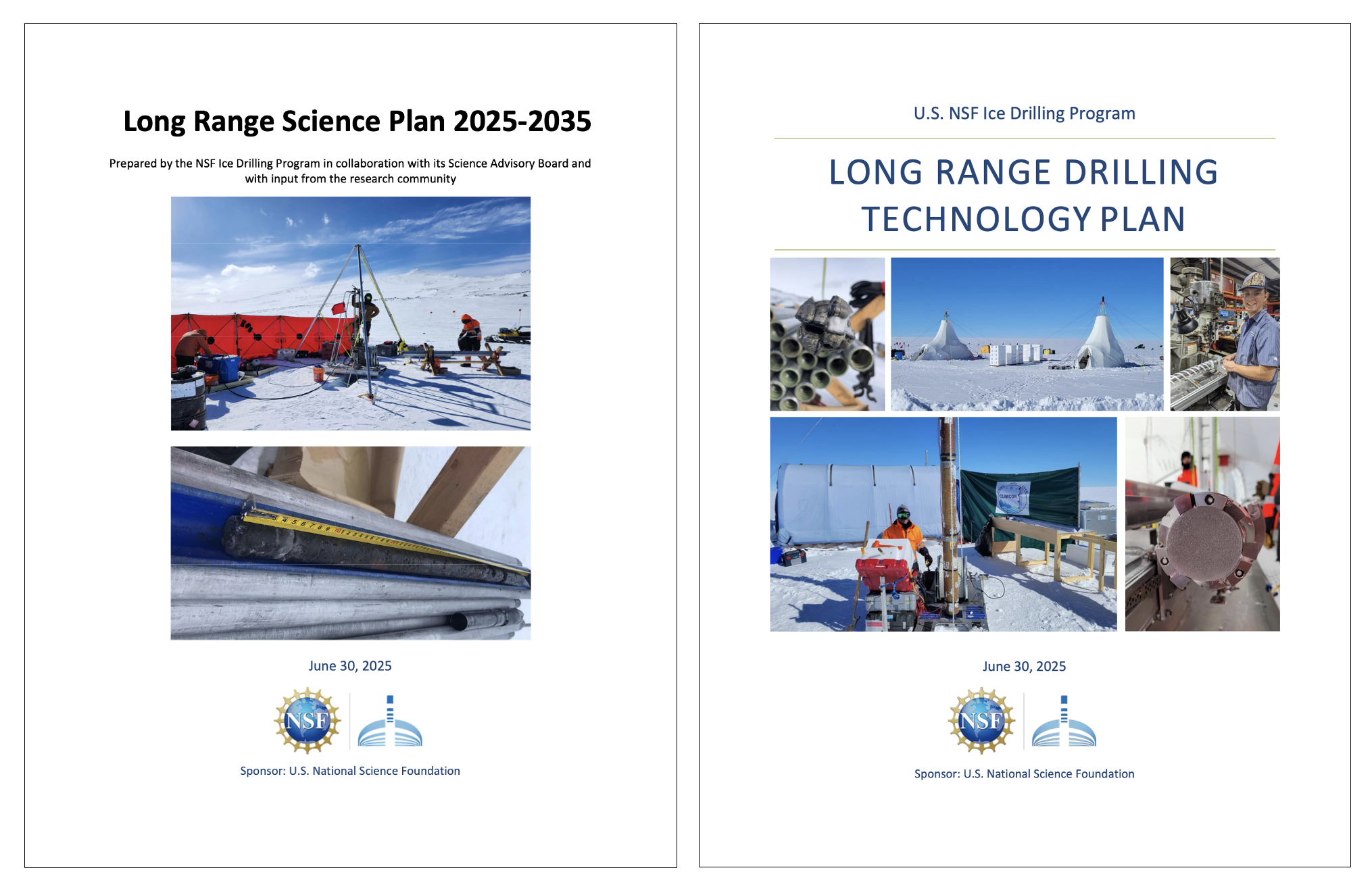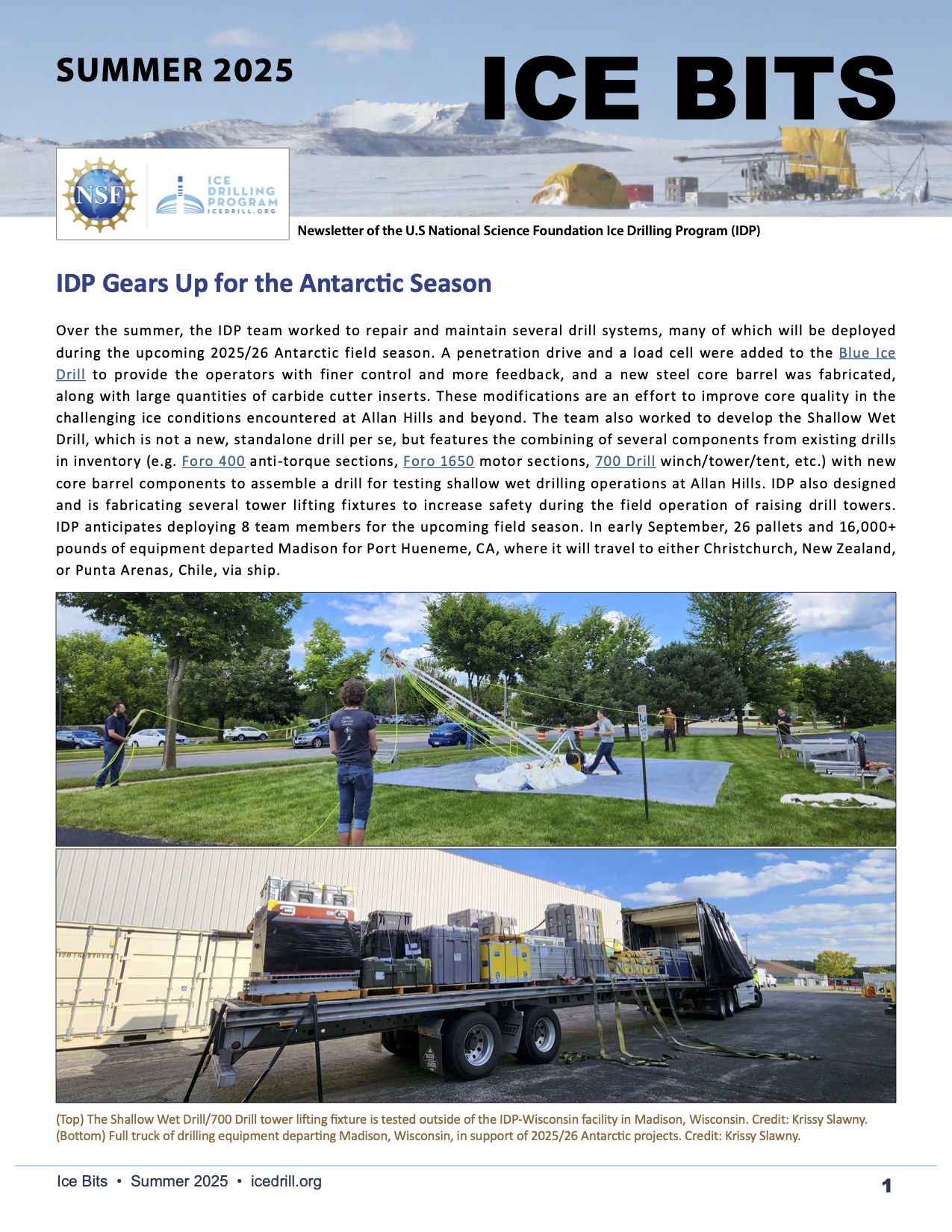IDP Gears Up for the Antarctic Season
- Fieldwork
- Blue Ice Drill (BID)
Over the summer, the IDP team worked to repair and maintain several drill systems, many of which will be deployed during the upcoming 2025/26 Antarctic field season. A penetration drive and a load cell were added to the Blue Ice Drill to provide the operators with finer control and more feedback, and a new steel core barrel was fabricated, along with large quantities of carbide cutter inserts. These modifications are an effort to improve core quality in the challenging ice conditions encountered at Allan Hills and beyond. The team also worked to develop the Shallow Wet Drill, which is not a new, standalone drill per se, but features the combining of several components from existing drills in inventory (e.g. Foro 400 anti-torque sections, Foro 1650 motor sections, 700 Drill winch/tower/tent, etc.) with new core barrel components to assemble a drill for testing shallow wet drilling operations at Allan Hills. IDP also designed and is fabricating several tower lifting fixtures to increase safety during the field operation of raising drill towers. IDP anticipates deploying 8 team members for the upcoming field season. In early September, 26 pallets and 16,000+ pounds of equipment departed Madison for Port Hueneme, CA, where it will travel to either Christchurch, New Zealand, or Punta Arenas, Chile, via ship.
Successful School of Ice at Dartmouth College
- Education/ Outreach
- Meetings/ Workshops
A successful School of Ice took place at Dartmouth College from June 23 to 28, 2025. The School of Ice is an advanced professional development meeting for faculty at 2- and 4-year colleges and universities. Advanced Placement high school educators also benefit from the experiential activities and resources.
Thirteen participants representing nine states came from 13 different institutions to experience ice core science through hands-on classroom labs, field trips, and interactions with ice core researchers and engineers. Participants built background knowledge and gained resources and confidence in their skills to incorporate cutting-edge ice core research into their existing courses.
Arctic Field Season Update
- Fieldwork
IDP provided field support for two projects during the 2025 spring/summer field season. PIs Joel Harper and Toby Meierbachtol (NSF award numbers 2113391 and 2113392) used an IDDO Hand Auger and Sidewinder at several locations in southwest Greenland for their research, which has established a network of instrumented sites to observe the transformation of the Greenland Ice Sheet’s percolation zone firn layer. Harper’s team utilized the redesigned Sidewinder-V2 (version 2), reporting that it worked very well, is small and lightweight for helicopter transport, and is a game changer in those regards. And in Alaska, PI Christian Andresen (NSF award number 2239038) used a SIPRE Hand Auger for research that aims to characterize the role of Arctic wetland ponds in regional land-atmosphere carbon exchange, estimate the ponds' contributions of methane to the atmosphere, and assess how they have changed over the past 50 years to better anticipate their future role in Arctic carbon cycling.
2025-2035 Long Range Science and Long Range Drilling Technology Plans Updated
- Long Range Plans
- Fieldwork
The NSF Ice Drilling Program (IDP), in collaboration with its Science Advisory Board and with input from the research community, updated the Long Range Science Plan. This plan aims to articulate goals and make recommendations for the direction of U.S. ice coring and drilling science across a wide variety of areas of scientific inquiry and to provide recommendations for the development of drilling technology, infrastructure, and logistical support necessary to enable the science. A companion document, the Long Range Drilling Technology Plan, provides details about drills available through IDP. Both plans are revisited and revised as appropriate each spring. The Long Range Science Plan is available at https://icedrill.org/long-range-science-plan. The Long Range Drilling Technology Plan is available at https://icedrill.org/long-range-drilling-technology-plan.
If you envision the need for ice drilling for your project in the coming decade, please make sure that the high-level articulation of your science is captured in the Long Range Science Plan. If it isn’t, send several sentences to IceDrill@Dartmouth.edu describing the science driver and the envisioned field date and location for your project so that your plans are voiced in this planning document.
Requesting Field Support
- Fieldwork
If you are preparing a National Science Foundation (NSF) proposal that includes any kind of support from IDP, you must include a Letter of Support from IDP in the proposal. Researchers are asked to provide IDP with a detailed support request six weeks prior to the date the Letter of Support is required. Early submissions are strongly encouraged.
Scientists who seek to include IDP education and outreach activities associated with U.S. ice coring or drilling science projects should contact Louise Huffman at Louise.T.Huffman@Dartmouth.edu during their proposal preparation stage.
For additional information on requesting IDP support, visit our website at https://icedrill.org/requesting-field-support or contact us at IceDrill@Dartmouth.edu.
Ice Drilling Technology Documents
- Publications
The Library section of the IDP website serves as a portal to ice drilling technology documents and publications of interest to the ice drilling community, currently containing links to over 700 documents. The portal is organized by drilling topic (e.g., deep drilling, drilling fluids, hot water drilling, etc.), equipment type (e.g., Blue Ice Drill, Eclipse Drill, etc.), NSF Ice Drilling Program documents (e.g., equipment manuals, meeting/workshop presentations and notes, science requirements for equipment, etc.), and special collections (e.g., CRREL Reports, International Partnerships in Ice Core Sciences (IPICS), International Workshop/Symposium on Ice Drilling Technology series, etc.). Visit the IDP Library.
Acknowledgment of IDP in Publications
- Publications
If you receive any support from IDP, we kindly request you acknowledge IDP in any resultant publications or articles with the following statement: “We thank the NSF Ice Drilling Program for support activities through NSF Continuing Grant 2318480.” If you have any questions, please contact us at IceDrill@Dartmouth.edu.
